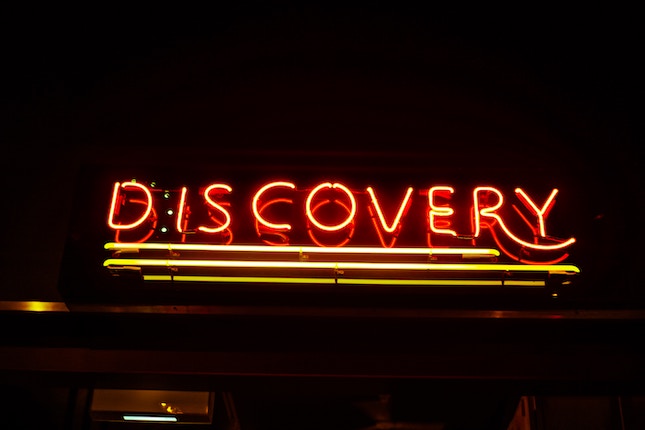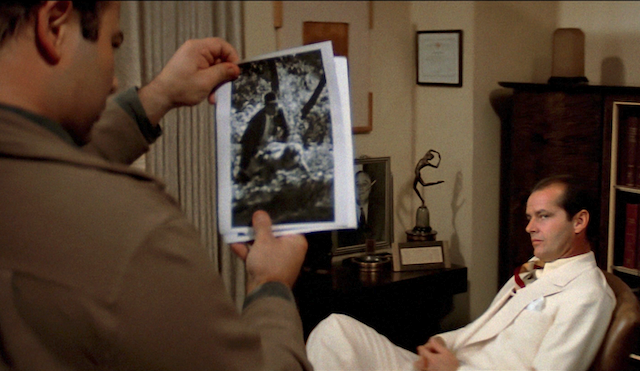Build Your Own Mystery Clue Tracker
Your job as a mystery writer when using clues is to raise questions.
Questions create anticipation and tension. Your reader wants to know how their questions will be answered? Or even if their questions will be answered.
What is a Clue in a Mystery?
In a mystery story, a clue is anything that points the detective to the killer.
As a writer constructing your story, you have endless possibilities to plant and hide clues along your storyline. As you outline your plot, brainstorm ideas for what clues will lead your detective toward solving the puzzle.
The thing is, remembering what clues you planted can be challenging when you are at page 200 and you planted clues at page 20 and page 45.
And, before the end of the story, you need to account for every clue you planted. Otherwise, those “clues” feel like tricks to your reader. Readers like questions, but not tricks.
For example, if your clue is a red herring, your detective needs to track it down to discover it is a dead end.
Enter The Clue Journal
Keep a journal of the clues you use. In the same way you have a character bible, keep a journal of your clues.
Keeping your clue journal will help you close the loop on each clue you use.
- You’ll know every clue you use in your story
- You’’ll know if you have closed the clue for the reader
- You’ll know how the clue raises questions for the reader
When you reach the editing stage, you’ll be able to check each clue to make sure you’ve closed the loop for your reader. Discovery writers (pantsers) can keep track of clues without planning beforehand. Plotters can double check each clue works in the story.
The Reason You Use Clues in a Mystery
Put yourself in the shoes of your readers. In response to your questions, they will come up with a range of hypotheses based on what you have provided so far, based upon the evidence you have provided. Guide your reader toward one hypothesis, and then whisk the rug out from under them.
It is helpful to write out the hypotheses you want readers to reach, and then work backwards to place breadcrumbs—clues—leading to the conclusion you want your reader to have.
What to Keep in the Clue Journal
Because you use clues to raise questions in your reader, you want to make sure that every question is answered by the end of your book. You don’t want to leave your reader wondering about clues: like, what about the opened empty box in the bedroom?
Just as every writer uses the character bible in a different way, you can tailor your clue journal to how you work.
Here are some ideas for what to note in your clue journal:
- The clue. Name it. For example, the unsigned note, the bank statement, the silver brooch.
- What type of clue it is: physical, verbal, or circumstantial. Physical clues are evidence and things found. Verbal clues are statements from suspects and other characters. Circumstantial clues are tangentially related to the investigation – usually physical clues that hint at something, but make no definite statements.
- Where it appears in your story, for example the chapter.
- The hypothesis you want your reader to create. For example, who the reader thinks the clue points to or whether at the time of introduction you want the reader to overlook the clue.
How to Use The Clue Journal
Mystery novels require clues as part of the structure of the story. Readers expect clues and want to create their own hypothesis about how to solve the mystery of the crime. That means clues are not an afterthought for writers but an essential element of creating a strong puzzle for devoted mystery fans.
- Use your clue journal to plan and track clues in your current story.
- Start a clue journal for any future book ideas.
- Keep a reading clue journal, for ideas about how to use clues in your story.
The benefit of keeping a clue journal, is your clues will have a strong, integral role in your mystery, leading readers to form either correct or incorrect assumptions and hypytheses. They help you keep your reader guessing.
Photo by Hassan Rafhaan on Unsplash






